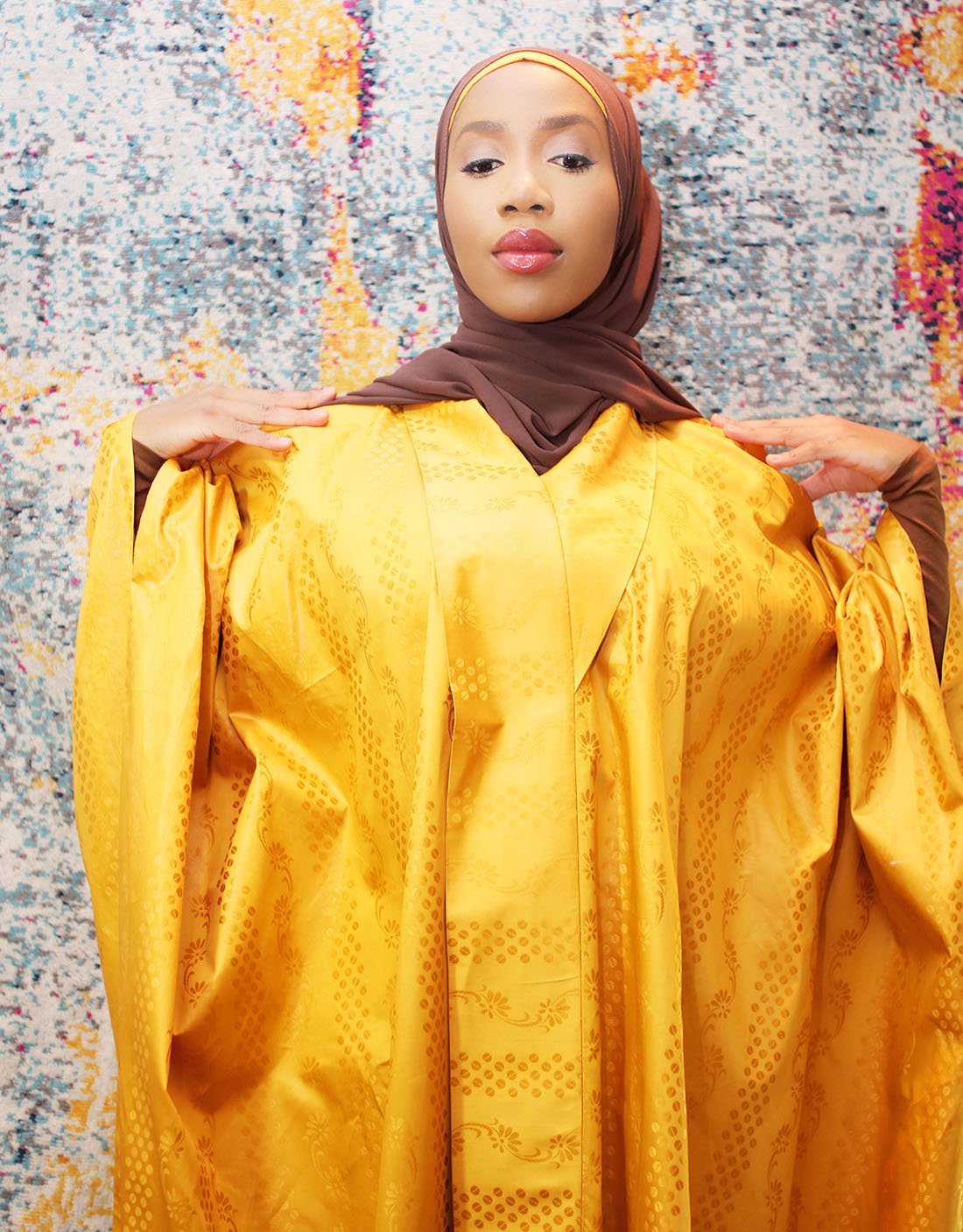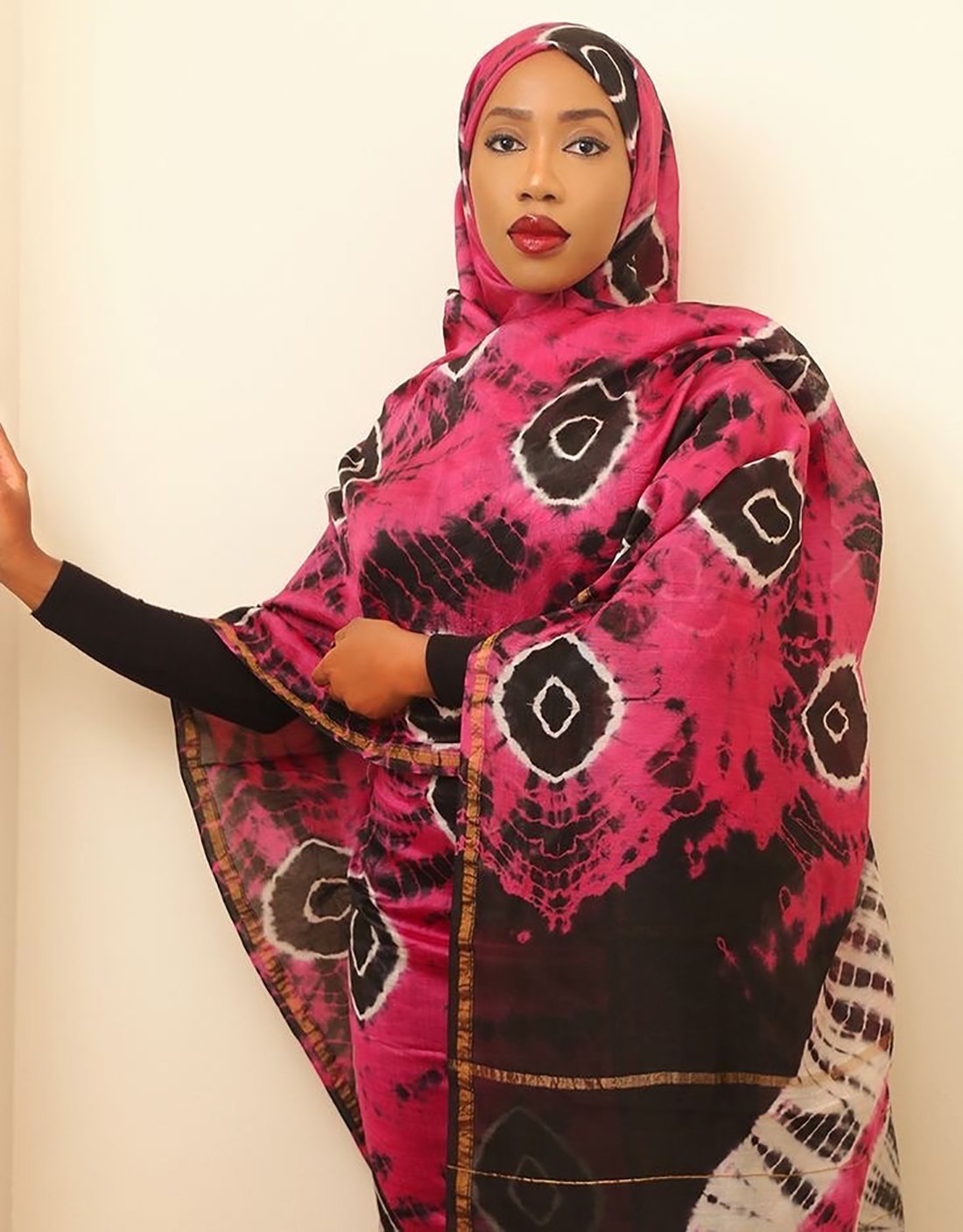A traditional African Cap: Hula, Bama Cap, Tangaran & Taguia
The Hula (also know as Bama cap) is prized across West Africa for its intricate embroidery. Hausa people are credited with introducing this form of embroidered cap to Nigeria and for disseminating it widely within West Africa. Hence why it is sometimes called the “Hausa cap”.








Introduction
The Hula (also known as Bama Cap, Tangaran & Taguia) is a traditional headwear worn by the Hausa and Fulani people in West Africa, particularly in Nigeria, Niger and Ghana.
The cap is made from handwoven fabric, usually made from cotton or wool, and it is known for its unique design and intricate embroidery. The cap is usually round or oval in shape, with a flat top and a narrow brim.
The embroidery is done using a special needlework technique known as tafetta or fota, which involves creating a pattern by weaving together two or more threads of different colors.
Cultural significance
The designs on the Hula are often symbolic and have significant cultural and religious meanings. For example, some caps feature Islamic calligraphy or motifs that represent important values such as wisdom, courage, and humility. Other designs may include geometric patterns, flowers, animals, or even political slogans.
The Hula is not only a cultural symbol but also an important part of traditional attire. It is commonly worn by men, both young and old, as a sign of respect and honor. It is often paired with a traditional robe known as a Babban riga or Agbada, which completes a traditional West African outfit.
Culture & Fashion
The Hula has also gained popularity beyond Nigeria and West Africa. It has become a fashion accessory worn by people all over the world, especially those who appreciate traditional African clothing and accessories. The cap is often worn at cultural events, weddings, and other special occasions.
In conclusion, the Hula is a unique and important cultural symbol that represents the rich history and traditions of people in West Africa. It is not only a beautiful piece of headwear but also a symbol of respect, honor, and tradition. Its popularity and significance have spread beyond Nigeria, making it a beloved fashion accessory for people all over the world.






Leave a comment
Your email address will not be published. Required fields are marked *